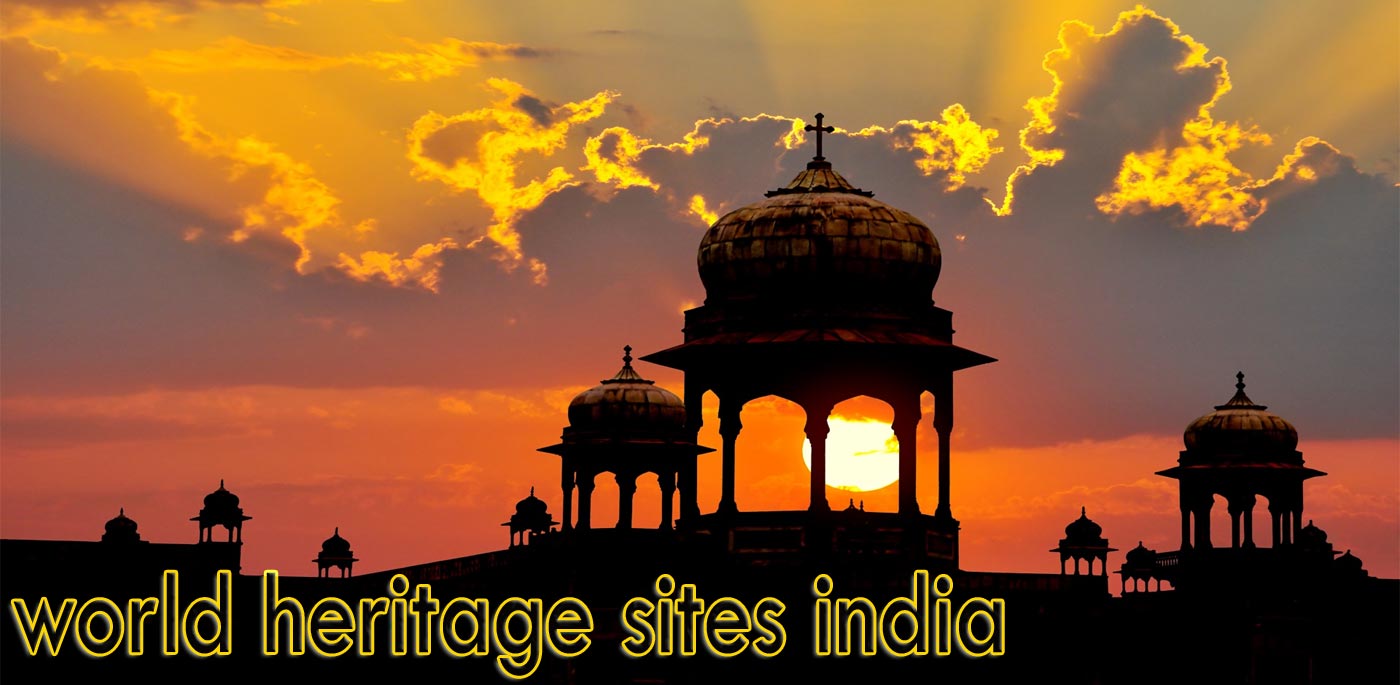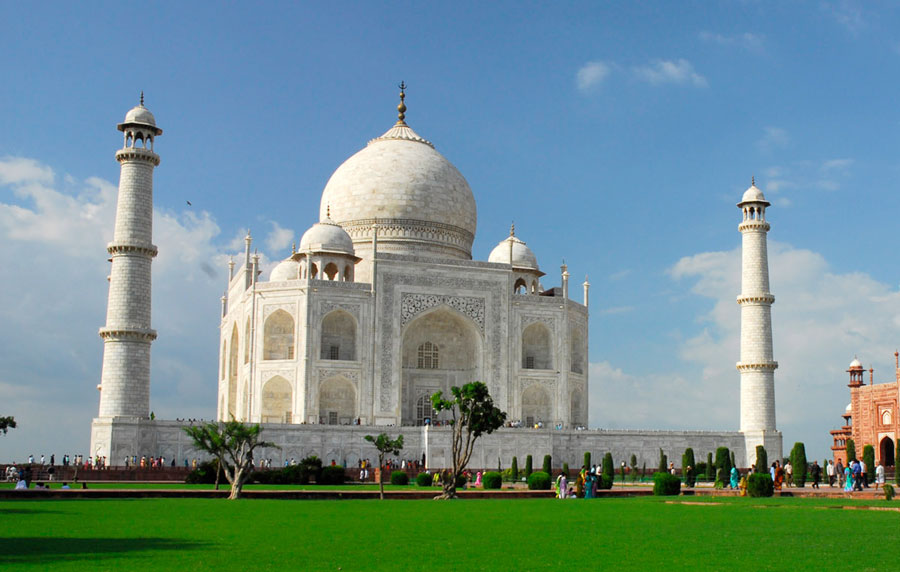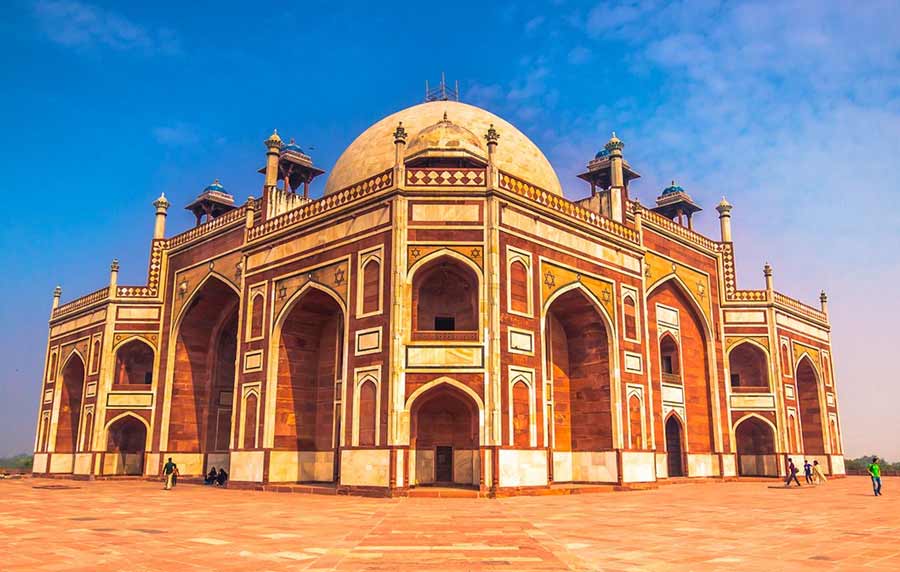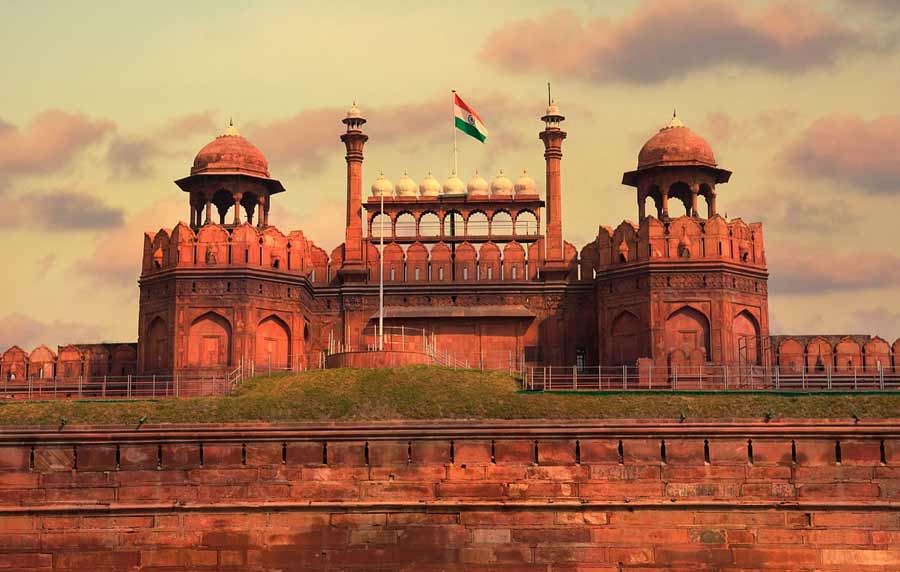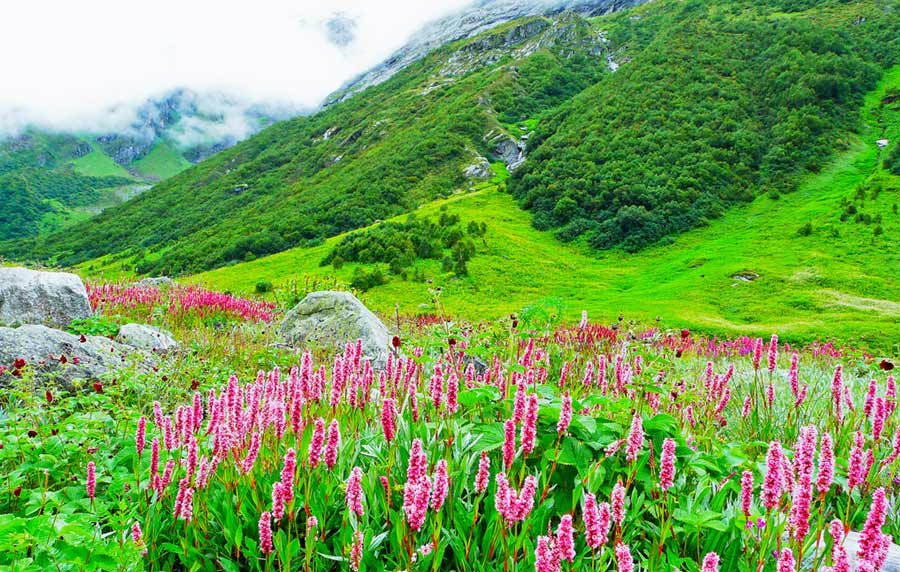Chhatrapati Shivaji Terminus (formerly Victoria Terminus)
The Chhatrapati Shivaji Terminus, formerly known as Victoria Terminus Station, in Mumbai, is an outstanding example of Victorian Gothic Revival architecture in India, blended with themes deriving from Indian traditional architecture. The building, designed by the British architect F. W. Stevens, became the symbol of Bombay as the ‘Gothic City’ and the major international mercantile port of India. The terminal was built over 10 years, starting in 1878, according to a High Victorian Gothic design based on late medieval Italian models. Its remarkable stone dome, turrets, pointed arches and eccentric ground plan are close to traditional Indian palace architecture. It is an outstanding example of the meeting of two cultures, as British architects worked with Indian craftsmen to include Indian architectural tradition and idioms thus forging a new style unique to Bombay.
History
The Chhatrapati Shivaji station, formerly known as Victoria Terminus, was built in 1888. Designed by the British architect F.W. Stevens, the structure became a symbol of Bombay (Mumbai) and the city was labeled the 'Gothic City' due to this magnificent building's architectural styles. Apart from being the hub for major mercantile activities, the CST is the perfect amalgam of British and Indian designs. In the past, 'Bori Bandar' station, located along the Eastern parts of Mumbai, was the place for commercial exchanges and trading activities. In the 1850's, the Great Indian Peninsular Railway operated in this area and gave it the name 'Bori Bandar', starting its first rail service, covering a total distance of 34 km to Thane.
During the British rule, the station was eventually redesigned and rebuilt by F.W. Stevens, who named it as Victoria Terminus. The station got its name from the then reigning royal, Queen Victoria. The construction of the station took 10 years to complete and was opened to the Queen on the date of her Golden Jubilee in 1887. At the time, the building was the most expensive structure in Mumbai costing 260,000 Sterling Pounds. The station was built to handle main rail traffic and in 1929, a new station and an administrative headquarters were built by the Central Railway. In 1996, the Minister of Railways, Suresh Kalmadi, changed the name of the station to Chhatrapati Shivaji Terminus (CST).
UNESCO World Heritage Sites India
The United Nations Educational, Scientific and Cultural Organization (UNESCO) World Heritage Sites are important places of cultural or natural heritage as described in the UNESCO World Heritage Convention, established in 1972. There are 37 World Heritage Sites located in India. These include 29 cultural sites, seven natural sites and one mixed site. India has the sixth largest number of sites in the world. Recently, Orchha is enlisted in the tentative list of UNESCO. The Seventh Wonder of the World and a UNESCO World Heritage Site, Taj Mahal is not merely a site that brings us to the pages of history; it is an epitome of true love, brilliant architecture and artistic precision. The white-marble mausoleum was commissioned by Shah Jahan for his wife, Mumta Mahal, way back in 1632. And to complete the masterpiece it took about 22 years and as much as 20,000 artisans.
 +91 9799050299
+91 9799050299 

